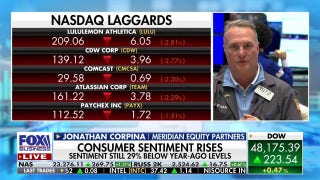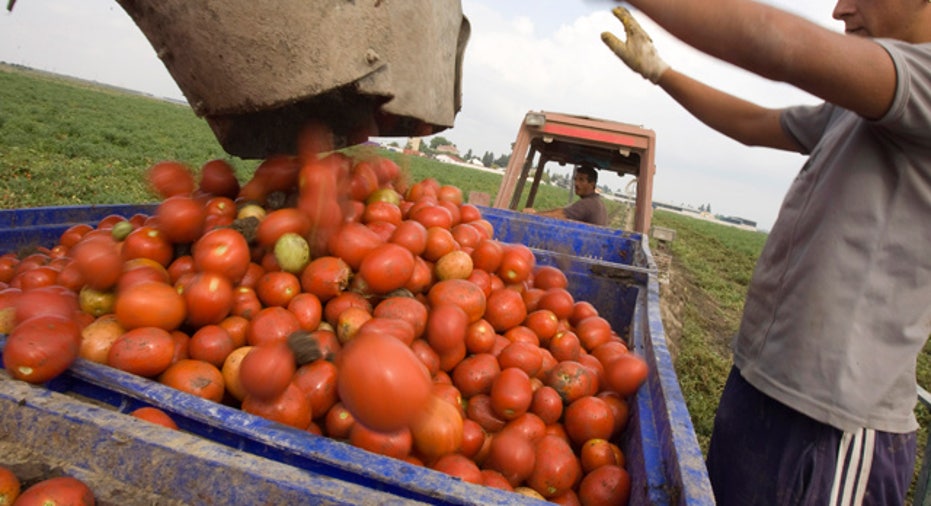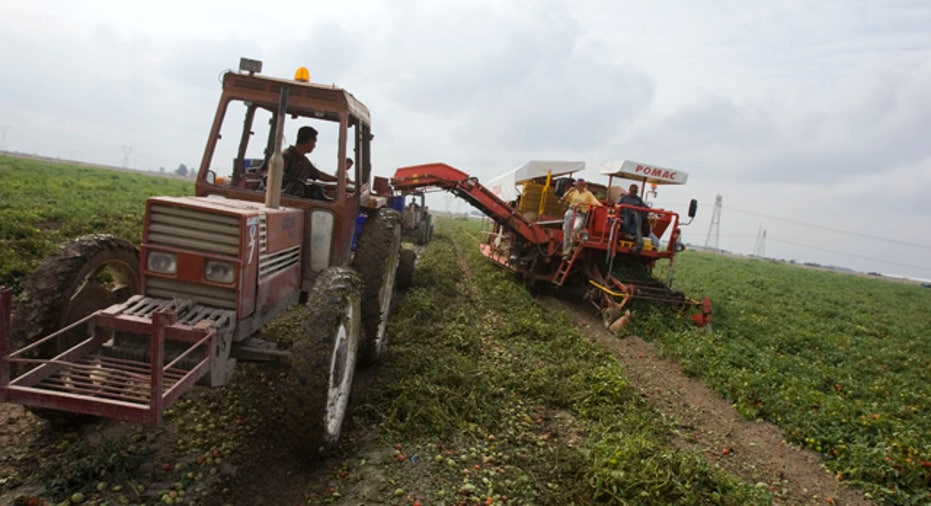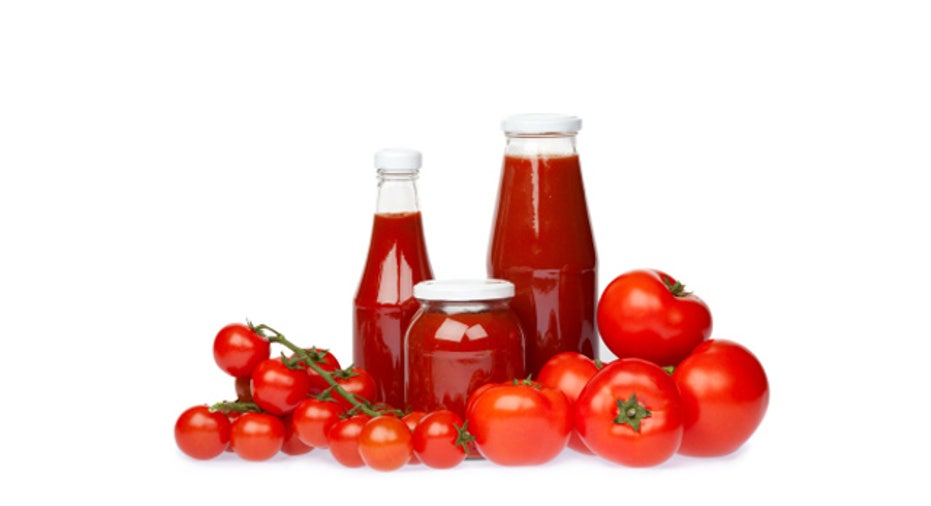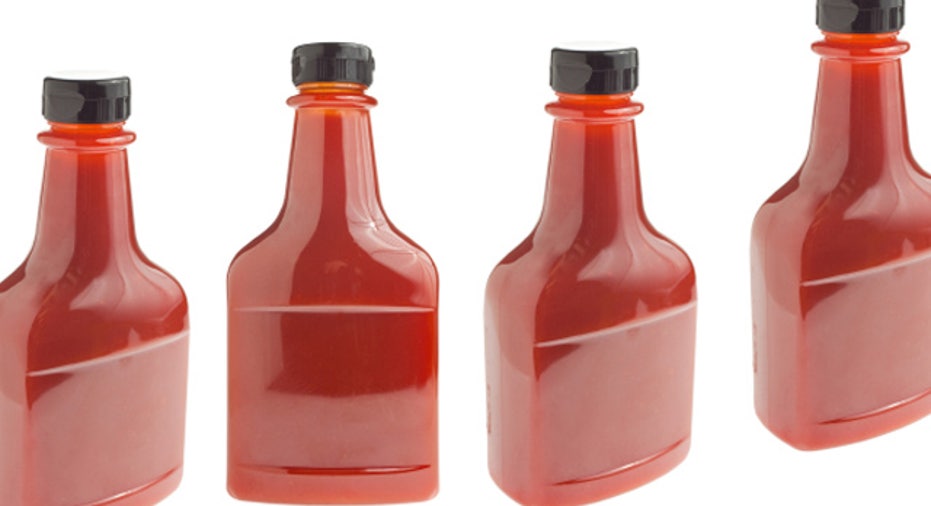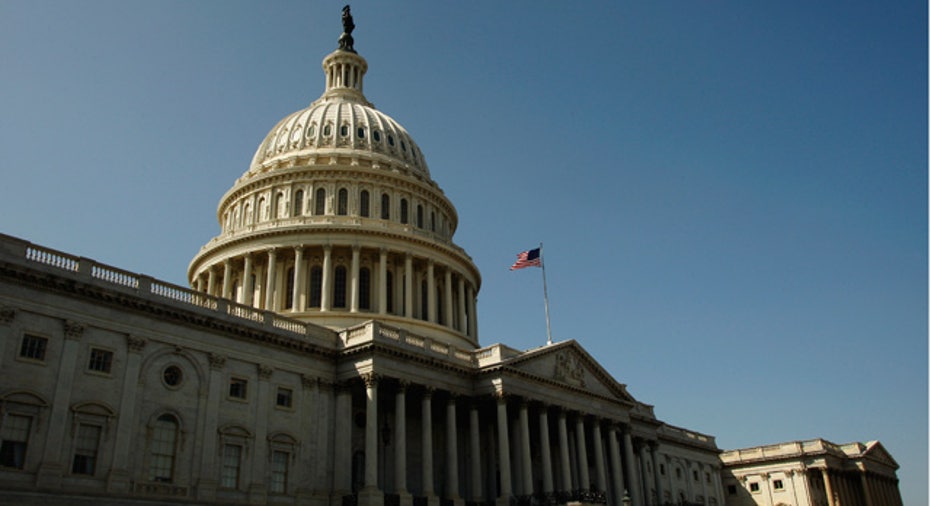Slideshow: How Would a VAT Work? See It in Action
Let's say a tomato farmer sells tomatoes to Heinz for $10,000; it's a lot of tomatoes. Now, if the U.S. VAT rate was, say, 10%, the tomato farmer would charge Heinz a total of $11,000. That's $10,000 plus a $1,000 tax. The farmer would then pay that tax to the government. Sorry, Old MacDonald, you don't get to keep that money. Related Video: - What a VAT Means for the Economy - VAT Tax’s Impact on What You Buy - Top White House Advisor Suggests Imposing VAT Tax - Why We Shouldn't Dismiss a VAT Tax



